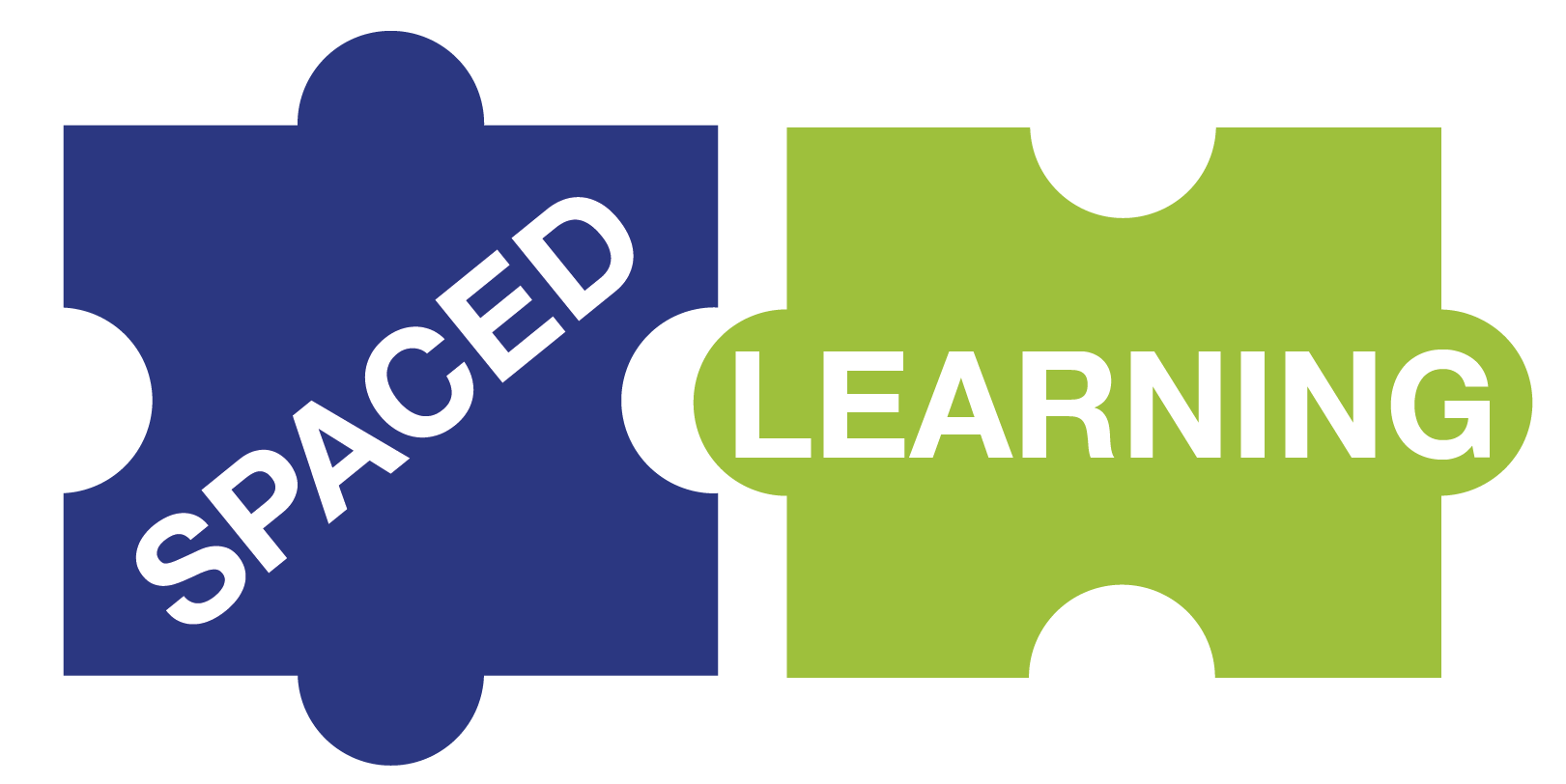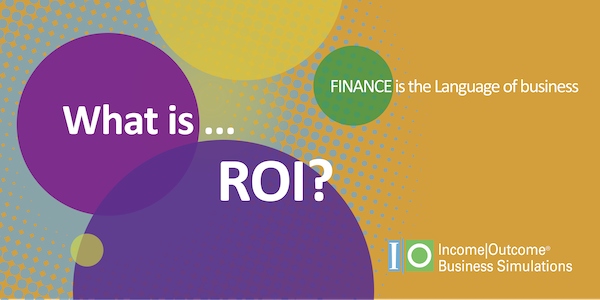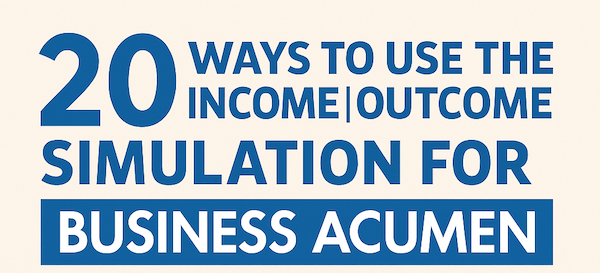Learning That Sticks: Using the Spacing Effect to Build Business Acumen

Published Date
Why Spaced Learning Works for Business Acumen Development
In the fast-paced world of corporate training, it’s tempting to condense learning into a single intensive session. While this might seem efficient, research shows that real retention and understanding happen over time. Enter the Spacing Effect, a principle from cognitive psychology that highlights the value of spreading learning across intervals. For businesses investing in their teams’ development, leveraging this principle can make training initiatives significantly more impactful.
What Is the Spacing Effect?
The Spacing Effect demonstrates that information is better retained when learning sessions are distributed over time rather than crammed into a single period. It’s like revisiting a favorite route on a map—each time you travel it, you uncover new landmarks and shortcuts, making the journey more familiar and rewarding. The periodic reinforcement allows the brain to consolidate knowledge and create stronger memory pathways.
Here’s how it works:
Initial Learning: During the first session, participants are introduced to new concepts such as income statements, balance sheets, and cash flow. This stage lays the foundation by familiarizing them with essential terminology and basic principles they can immediately start applying in their roles.
Interval of Rest: A pause allows the brain to process and store information.
Revisiting the Material: Returning to the concepts reinforces neural pathways and fills in gaps in understanding. In this iteration, participants can explore advanced areas such as identifying new drivers of performance, analyzing competitive dynamics, or optimizing working capital. This phase allows them to refine their strategies and focus on practical applications tailored to their needs.
The result? Stronger retention, deeper understanding, and a greater ability to apply learning in real-world situations.
Why Spacing Works
Spacing allows the brain to transition new information from short-term to long-term memory, reducing the risk of forgetting and strengthening recall. Revisiting material after an interval requires effort to recall, enhancing understanding and retention. Additionally, time between sessions gives learners a chance to apply what they’ve learned, identify areas for improvement, and return with specific questions or insights.
The Spacing Effect in Action: Income|Outcome and IO | Second Exposure
We’ve been taking advantage of the Spacing Effect for nearly 30 years. Our preferred approach is to run a one-day program with an afternoon session followed by a morning session the next day. This overnight pause gives participants time to absorb and reflect—and it shows. When we run multi-day sessions, participants often come in the next morning energized and full of ideas. The learning isn’t just remembered—it’s processed, applied, and extended.
The Spacing Effect isn’t just a theory—it’s embedded in effective training programs like Income|Outcome and IO | Second Exposure, which are part of our Survey to Mastery (STM) learning model. In fact, we specifically designed IO | Second Exposure to take full advantage of this effect—giving participants a structured opportunity to return, re-engage, and push further in their business acumen journey.
STM is structured to build business capability through a progression of competencies—starting with financial fluency, expanding into confident decision-making, and culminating in strategic insight. These simulations are designed to maximize learning retention by spacing out opportunities for teams to revisit and deepen their understanding of key concepts.
For example:
Initial Workshop: Teams engage in an immersive session, exploring foundational concepts such as income statements, balance sheets, and cash flow.
Planned Reinforcement with IO | Second Exposure: After a deliberate interval, teams return to the simulation as part of a structured reinforcement cycle. This isn’t just review—it’s deepening. Second Exposure reinforces foundational knowledge while moving learners toward mastery. The second experience reinforces prior learning while introducing new challenges, like working capital management and strategic decision-making.. With real-world experience in hand, they refresh foundational knowledge and dive deeper into advanced challenges like working capital management and strategic decision-making.
This combination of spaced learning and practical application ensures that participants not only retain knowledge but also refine their ability to use it effectively. For example, a participant might return to the simulation after six months with insights from their day-to-day work. They could then explore strategies to reduce working capital requirements or analyze the financial impact of a new operational decision, applying their foundational knowledge in a more sophisticated way.
The Business Case for Spaced Learning
Investing in spaced learning isn’t just good for individual participants—it’s a smart move for organizations. Here’s why:
- Teams retain more from training sessions, reducing the need for repetitive instruction.
- Spaced learning builds confidence and competence, enabling employees to make better business decisions.
- Revisiting material keeps training top of mind and fosters a culture of continuous improvement.
How to Incorporate the Spacing Effect
Organizations can apply the Spacing Effect in their training programs with these strategies:
- Design two-step learning paths that revisit key concepts after a deliberate time gap.
- Use tools like IO | Second Exposure to revisit and expand on foundational knowledge.
- Encourage teams to reflect and share insights between sessions.
Final Thoughts
Incorporating the Spacing Effect in your training approach isn’t just a best practice—it’s a game-changer. By giving teams the chance to revisit, reflect, and refine their skills, you’re equipping them for lasting success. Programs like Income|Outcome and IO | Second Exposure embody this principle by providing structured opportunities for learners to revisit foundational concepts, apply real-world insights, and tackle advanced challenges. Participants often report a stronger grasp of financial principles and greater confidence in their decision-making, demonstrating the power of spaced learning in action.
Ready to make the most of your training investments? Explore how IO | Second Exposure can bring the Spacing Effect to life for your teams.
Looking for more simulation-based learning paths? Explore our full suite of business simulations →



